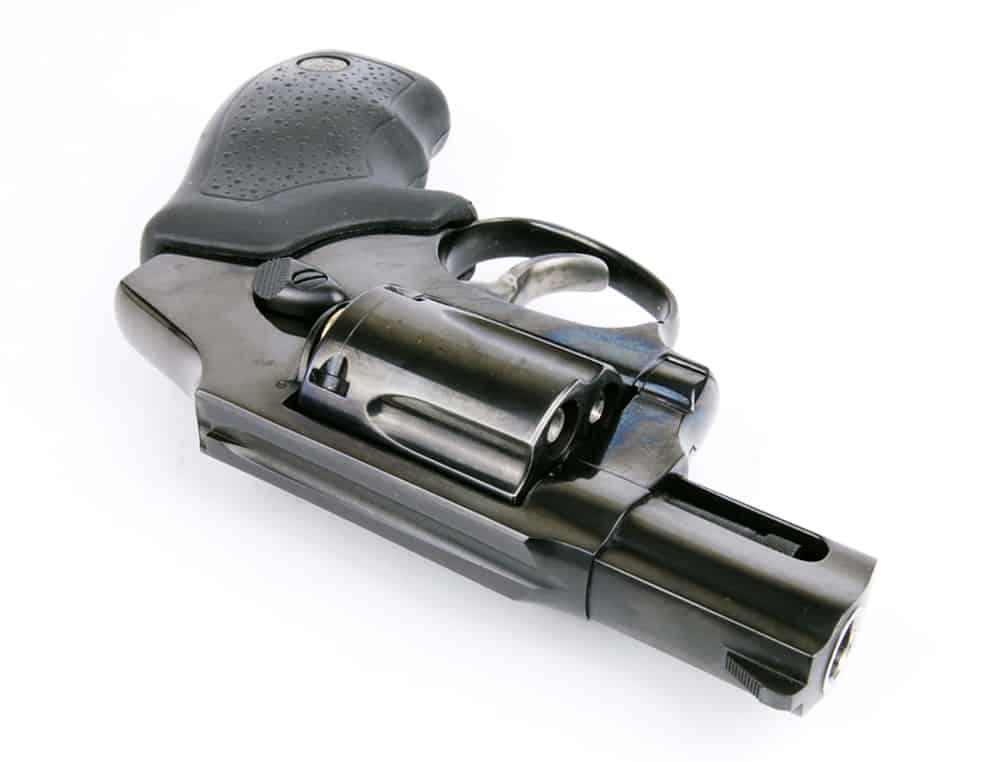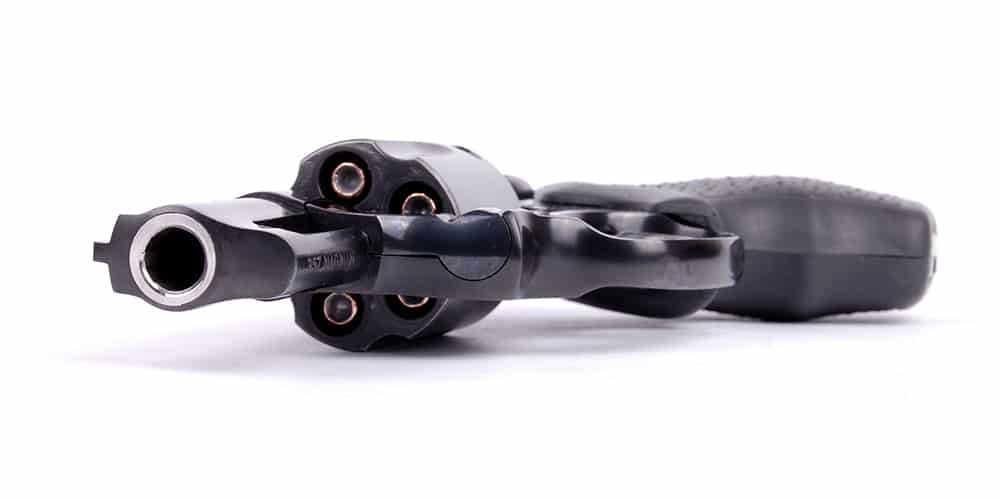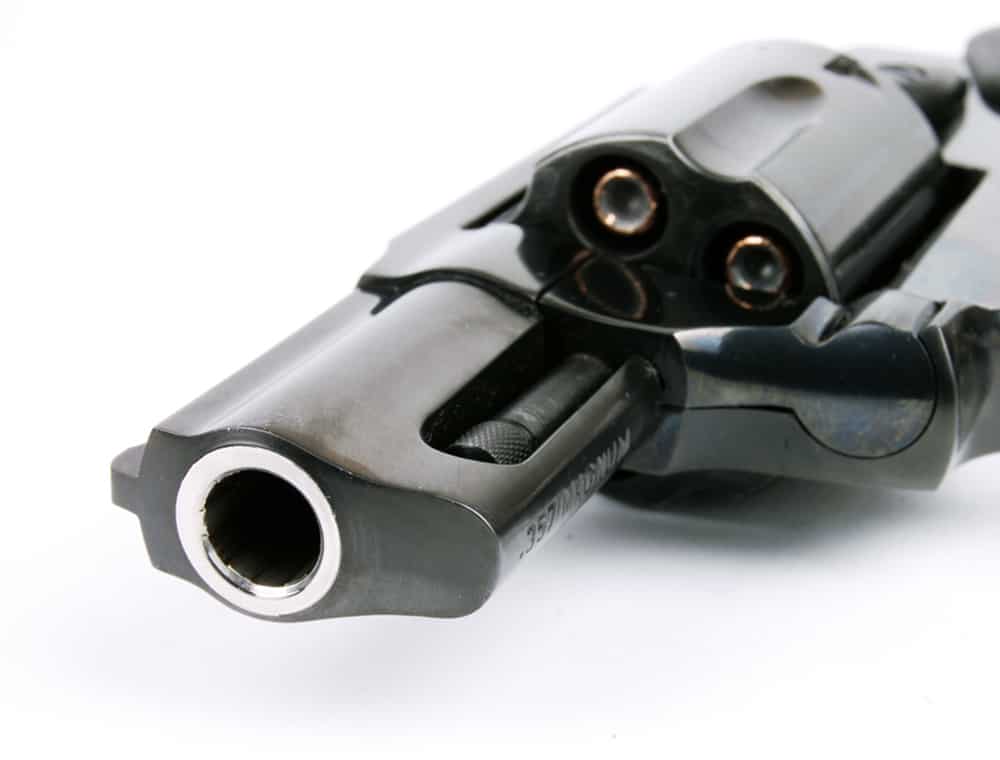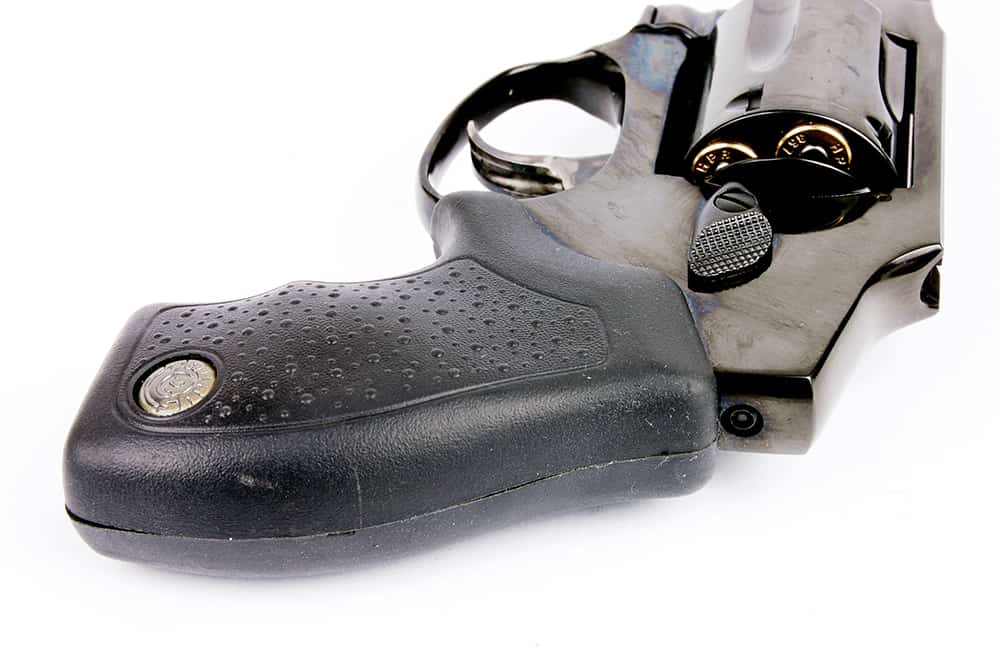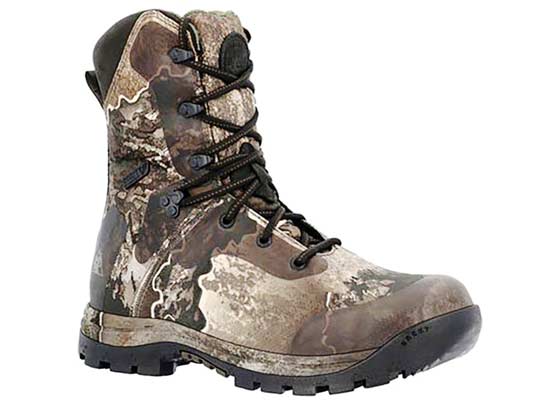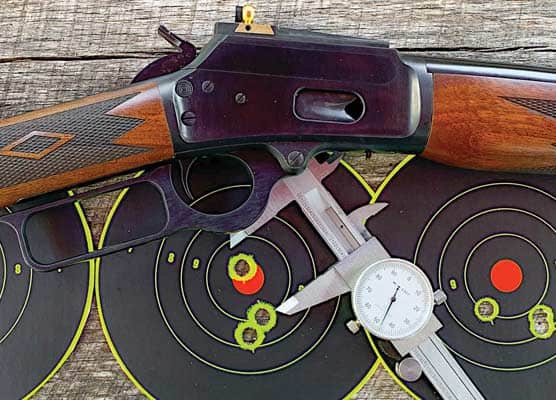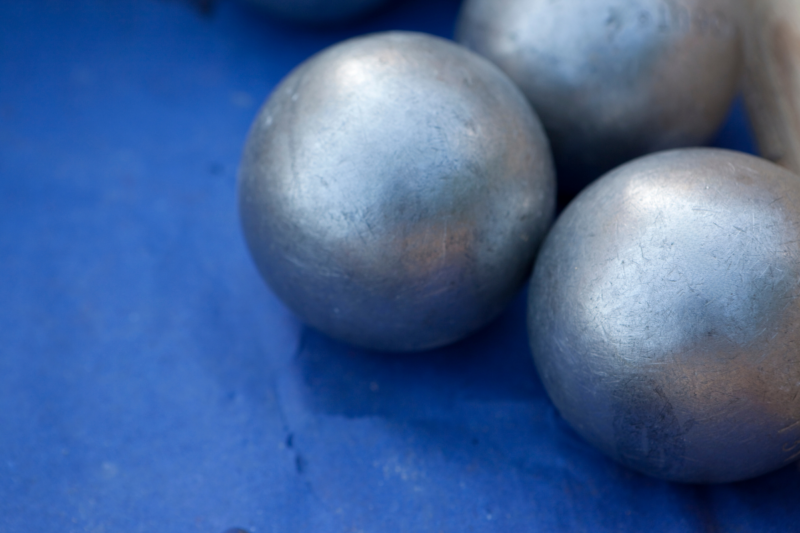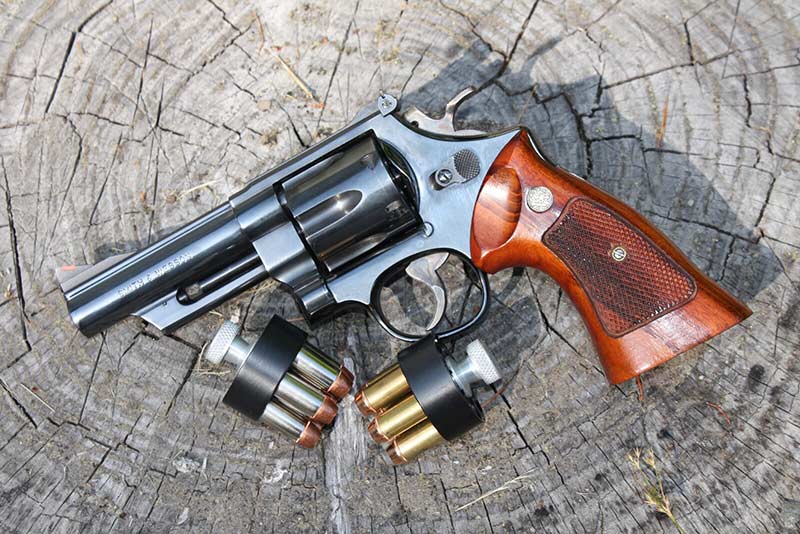Well-Established Snubbies
Darlings of the Concealed Carry Market
Gun makers still make snubbies.
That’s because people still buy snubbies. And people still buy snubbies because they have learned that snubbies do a lot with little. Look, it’s been true for decades: Five or six rounds of .38 Special is nothing to sniff at when carried in a small revolver that’s easy to hide and not at all bad to shoot. And many of these snubbies, including the good lookin’ one you see here, are chambered in .357 Magnum, arguably one of the best defensive rounds ever. Without a doubt, these guns and calibers are proven and well established. And with their long history and modern manufacturing, the well-established snubbie has only gotten better.
Here’s an easy one: What’s a more basic defensive handgun than an all-steel, .357 Magnum snub-nosed revolver? It’s sort of a rhetorical question, right? But let’s take a moment to consider the advantages: proven caliber, recoil-absorbing steel, and, with most modern revolvers, very helpful improvements.
Proven Caliber
This is hardly the place for a caliber war. In fact, you should shoot whatever caliber you’re most comfortable and accurate with. Just know that with practice, you can shoot .357 Magnum very well and have the benefit of using one of the most proven defensive calibers, ever. Modern .38 Special ammunition is no slouch either, and much easier to fire accurately. Whether .38 or .357, most revolvers carry “five to stay alive.” But some have grown to six. Or more!
Recoil-Absorbing Steel
A steel-framed revolver weighs more than many other revolvers, most of which sport lightweight aluminum or other exotic metal frames. But old-school steel — blued, of course — and good old heft help take some of the bite out of the recoil. Yes, I love lightweight guns that are easy to carry all day. But if I carry .357 Magnum I also love the confidence that comes from being able to shoot more than, say, five or 10 rounds at a range session without my gun hand feeling like I’m slamming it repeatedly on a table or hitting it with a hammer.
Take Stock of the Grips
The best stocks or grips on a revolver are usually a wraparound pebbled rubber with swells in the middle. This provides super purchase and a bit of cushioning right where the web of my hand meets the back of the frame. And despite all the grippy-ness, the best stocks don’t fight with clothing or holsters, and therefore conceal easily.
Been checking out the steel beauty in my pictures? That’s an older Taurus 650. It’s no longer in production so if you find one used, buy it. Taurus offers similar revolvers, too — many which are well-established and worth a look.
